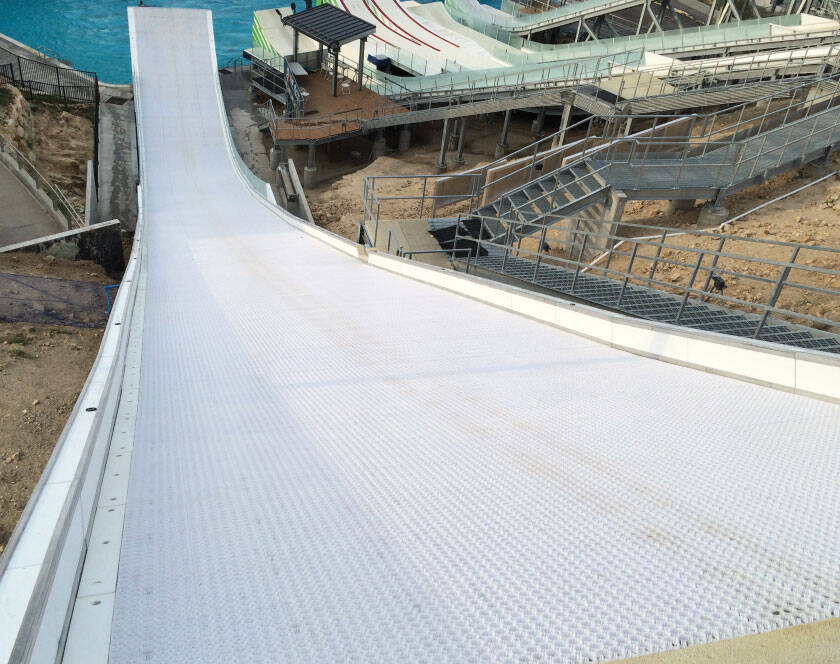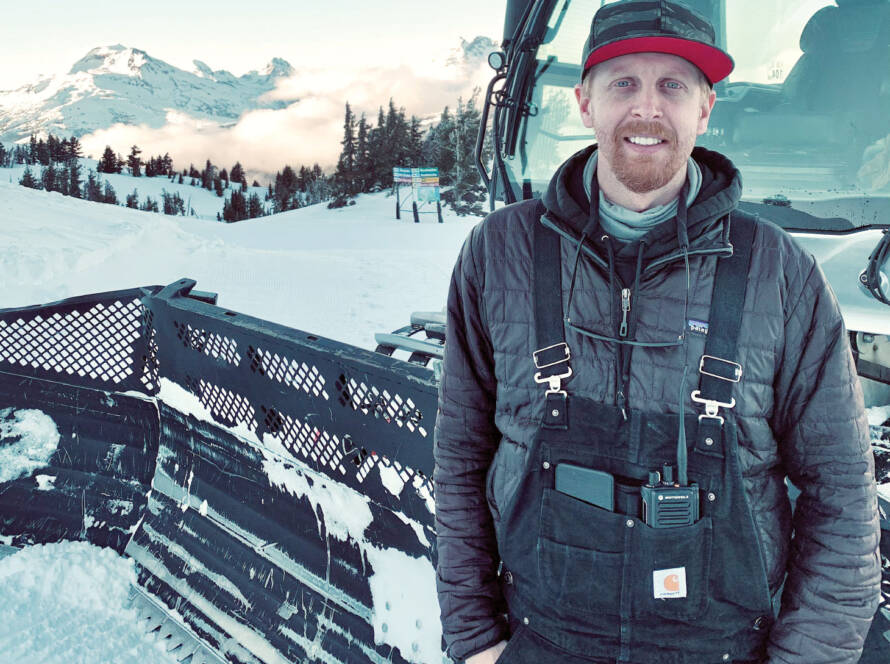By Mike Stimpson
It’s common knowledge that bears hibernate, and in autumn they prepare for hibernation by foraging for the food to build fat for sustenance through the cold winter months. Well, your snowmobile does what you might call a “reverse hibernation.” It lays dormant in the warmer months, after the days of traversing snow-covered terrain are over.
Like the bruin, your machine must also be prepared for its yearly period of inactivity. It must be “summerized.” Just ask Craig Nicholson, who blogs at IntrepidSnowmobiler.com.
“Really, summerizing your snowmobile is getting it ready for next winter because the number one thing that goes wrong with snowmobiles is that they aren’t put away properly at the end of the season,” Nicholson said. “If you summerize it properly, you’ll have a whole lot less work to do in the fall.
“I look at the snowmobile season as fall to spring,” he said. “Obviously I’m not riding in the fall – I’m preparing for winter in the fall. In the spring, when the snow’s gone, I’m doing the inspection and maintenance.”
What could go wrong if you don’t summerize your sled? “It might be something as simple as it won’t start because it seized up because it wasn’t lubricated,” said Nicholson. That could mean rather costly engine repairs, not to mention lost snowmobiling time.
So, how does one summerize one’s snowmachine? SnowOps spoke to Nicholson and other experts on the ins and outs of preparing your sled for that long period of rest.
The essentials
One snowmobiler’s summerizing process may differ a little from the next guy’s, but some parts of it are of critical importance and therefore should be skipped by no one.
“First of all,” said Alan Butler, “one of the most important things is the fuel. You should not drain your tank, but make sure there is no more than a quarter-tank of fuel. Then you should put in a fuel stabilizer and run the snowmobile for ten or 15 minutes so that the stabilizer has the chance to get through the fuel system. The stabilizer stops gum building up in the injectors or the carburetors. That’s one of the most important things.”
Butler, president of Snoman (Snowmobilers of Manitoba), also recommends that you “lift the back of the snowmobile up and run it. Make sure all the bearings are dry, there’s no water left in them. And you should make sure to grease all the points that are grease-able.”
Lubrication is essential, as is protecting your sled from dust buildup by covering it with a tarp. Before you do that, though, remember one basic thing that we all learned in childhood: Clean up after yourself. Nicholson says you must “clean it thoroughly so dirt and grime don’t damage it over the summer.”
While Butler recommends a quarter-full gas tank, Nicholson prefers to fill the tank to prevent condensation and then top it up with fuel stabilizer.
Remember to run the engine for several minutes so that the stabilizer gets adequately distributed. The stabilizer has to get to the fuel injector or carburetor to do its job, advises Sask Snow CEO and president Chris Brewer.
If your vehicle has a four-stroke engine, Brewer recommends changing the engine oil and oil filter. Then, just to be clear, he hastens to add: “You have to make sure that you get that gas treatment in the tank regardless of whether it’s a two-stroke or a four-stroke machine.”
Whether your snowmachine is new or a “classic” model, the concerns are the same. “The fuel now starts to deteriorate after about 30 days,” said Butler. “That’s why it’s really important that you put a fuel stabilizer in and run the machine long enough for the stabilizer to work its way through the system. If you don’t do that, you’re going to end up with gummed-up carburetors in the fall time. But other than that, there’s not really much difference with the older machines.”
Any owner’s manual should take you through the basic steps, which Nicholson says should include taking a look at the machine’s “moving parts that may wear prematurely” and inspecting the track, drive belt, hoses and other parts that are prone to cracking and tearing. “Spring is the time to do that, because then you’ll have the whole summer to get it fixed,” he said.
Nicholson adds that spring is also a great time for clutch cleaning, spark plug replacement and other maintenance procedures that will keep your sled ready for high-performance fun once the ground is snow-covered again. He recommends a thorough “fogging out” – i.e., applying a petroleum aerosol treatment such as STA-BIL fogging oil to the engine for lubrication. (You can find out more about the fogging-out procedure on his blog.) You might also remove the battery and hook it up to a Battery Tender or other charging device that can be purchased for less than $100.
Store that sled
Once you’ve done all that maintenance stuff, it’s time to cover it and put it away in dry shelter. Your sled’s summer home could be a garage or it might be a shed. The important thing is to keep it out of the elements, because sun and rain can take a lot out of it. Remember, the seat cover, windshield and other parts can dry and crack in the sun.
Also, there’s the matter of small critters looking for homes.
“One of the worst things that could happen is that mice take up residence and damage the wiring or other parts of the machine,” said Nicholson.
Snoman’s Butler, who has been snowmobiling for nearly 45 years, concurs. “Make sure that the snowmobile is as much as possible rodent-proof,” he said. “Mice just love chewing on the wires. Try and put it in a building where the rodents can’t get in, or at least make sure that the hood is secure and covered so that they can’t get in.”
Nicholson and Sask Snow’s Brewer both offer a handy tip for simple and effective rodent-proofing: Stuff some steel wool into the opening of the exhaust pipe and air intake and leave it there to keep the mice out. Brewer also suggests you consider putting bait boxes and/or mouse traps in your shed or garage as a little extra insurance against rodents.
A sled owner might ask: “Do I need to do all this work if I’ve only been out twice this past winter?” Nicholson, Butler and Brewer all agree that the answer is yes. Said Butler: “Even if you’ve only been out twice, moisture still got into the machine, and it’s really important to address that. Also, you’ve added fuel, so you need to put in fuel stabilizer again.”
If it sounds like too much work for you to bother with, there are always people who will gladly do the summerizing for a small fee. “The dealer could do it for you,” said Butler. “Any snowmobile dealer could do these things for you, no matter what make or brand it is. Or somebody in the community…”
Plus, it never hurts to have a trained mechanic look over your machine.
What if you don’t bother with summerizing? What’s the worst that could happen?
“Nothing could happen or lots could happen,” said Brewer. “You should just do it. Preventative maintenance is important with any equipment. With your snowmobile, it could save you thousands of dollars.”
So, be kind to your sled. Take a little time to prepare it for its months of warm-weather slumber. You’ll reap rewards when sledding season comes around again.

